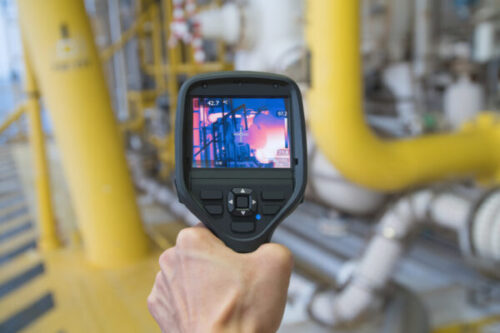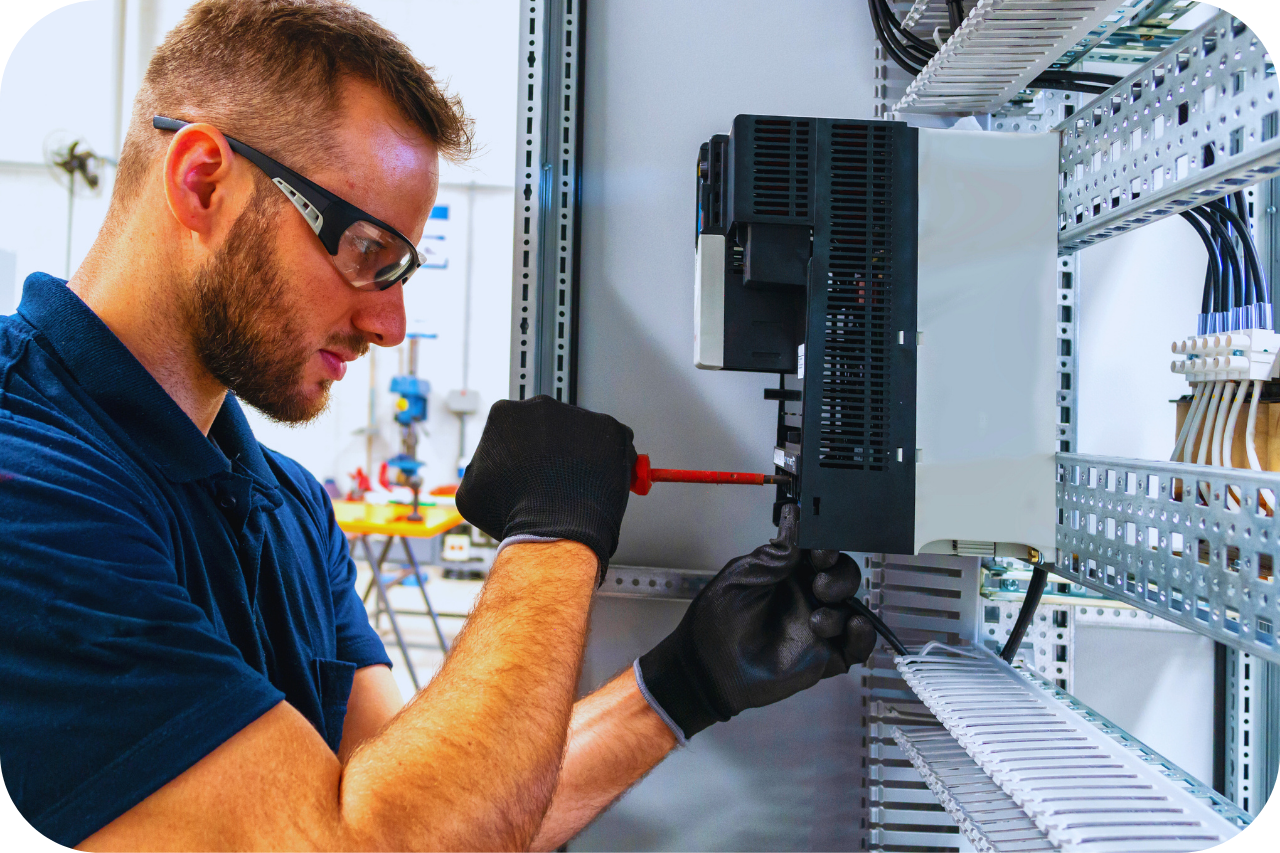Examine This Report on Roar Solutions
Examine This Report on Roar Solutions
Blog Article
Excitement About Roar Solutions
Table of ContentsMore About Roar SolutionsSome Ideas on Roar Solutions You Should KnowExcitement About Roar Solutions
In such an environment a fire or explosion is possible when 3 standard conditions are satisfied. This is often described as the "hazardous location" or "burning" triangle. In order to safeguard installations from a possible surge an approach of evaluating and classifying a potentially hazardous area is needed. The objective of this is to ensure the correct option and installment of equipment to ultimately stop a surge and to make sure security of life.
(https://www.figma.com/design/4A7baTVvle9Yit65rIBitI/Untitled?node-id=0-1&t=PKjLsk7ODuPV6hjT-1)
No tools should be mounted where the surface area temperature of the equipment is greater than the ignition temperature of the provided threat. Below are some typical dust hazardous and their minimal ignition temperature level. Coal Dust 380C 225C Polythene 420C (thaws) Methyl Cellulose 420C 320C Starch 460C 435C Flour 490C 340C Sugar 490C 460C Grain Dust 510C 300C Phenolic Resin 530C > 450C Aluminium 590C > 450C PVC 700C > 450C Residue 810C 570C The possibility of the risk existing in a concentration high sufficient to cause an ignition will certainly differ from area to place.
Hazardous location electric devices perhaps developed for usage in higher ambient temperatures. Area Fixing By Authorised Employee: Challenging testing may not be required however details procedures might require to be adhered to in order for the equipment to preserve its third event ranking. Each piece of equipment with a hazardous score need to be reviewed individually.
The smart Trick of Roar Solutions That Nobody is Discussing
The devices register is an extensive data source of tools documents that consists of a minimum collection of areas to recognize each item's place, technological criteria, Ex-spouse category, age, and environmental data. The proportion of Detailed to Shut inspections will certainly be figured out by the Equipment Danger, which is assessed based on ignition threat (the possibility of a source of ignition versus the probability of a flammable atmosphere )and the harmful area classification
( Zone 0Area 1, or 2). Implementing a robust Risk-Based Evaluation( RBI )strategy is important for guaranteeing conformity and safety and security in handling Electrical Devices in Hazardous Areas( EEHA).
Some Known Questions About Roar Solutions.

In regards to explosive risk, a dangerous location is a setting in which an explosive environment is present (or may be expected to be existing) in amounts that require unique precautions for the building, installment and use tools. eeha. In this short article we discover the obstacles faced in the work environment, the danger control actions, and the needed competencies to work safely
It is a consequence of modern-day life that we make, save or handle a variety of gases or liquids that are deemed flammable, and a series of dusts that are deemed combustible. These compounds look at this now can, in certain problems, form eruptive ambiences and these can have major and heartbreaking consequences. Many of us know with the fire triangular eliminate any among the 3 components and the fire can not happen, yet what does this mean in the context of harmful locations? When damaging this down right into its simplest terms it is basically: a combination of a specific quantity of launch or leak of a specific compound or material, mixing with ambient oxygen, and the existence of a source of ignition.
In most instances, we can do little about the degrees of oxygen airborne, but we can have substantial influence on sources of ignition, for instance electric equipment. Hazardous areas are recorded on the unsafe area classification illustration and are recognized on-site by the triangular "EX" indication. Here, among various other vital details, zones are split into three types depending upon the risk, the likelihood and period that an eruptive ambience will exist; Zone 0 or 20 is deemed one of the most harmful and Area 2 or 22 is deemed the least.
Report this page